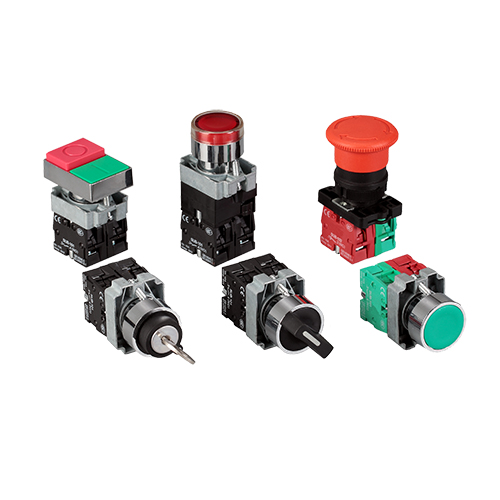Virtual Reality (VR) is an innovative field that sparks endless imagination. No longer confined to the realm of science fiction, VR has now entered the domain of clinical research and real-world medical practice. Though still relatively unknown to the general public, medical VR holds great potential to positively impact both patients' lives and healthcare professionals' work.
According to a report by Kalorama Information, a leading medical health information consultancy, the market for VR and Augmented Reality (AR) in the healthcare sector grew from $525 million in 2012 to $976 million in 2017. This impressive growth has provided confidence to many who believe in the long-term potential of VR. It seems this time, VR is not just a passing trend but a technology that will make a lasting impact on daily life and bring meaningful changes to people's health and well-being.
In fact, VR has already proven its effectiveness in treating chronic pain, phobias, post-traumatic stress disorder (PTSD), helping individuals quit smoking, and even addressing dental issues. Recently, MobiHealthNews, a prominent U.S. digital health media, highlighted 15 key applications of VR in the medical field. We have expanded on these cases to help more people understand how VR is shaping the future of healthcare.
**The Latest Applications of VR in Medicine**
Doctors, like scientists, are always seeking new technologies to solve problems and improve patient outcomes. With healthcare accounting for 20% of the U.S. economy and technology making up over 10%, even small improvements in either sector can lead to significant benefits. For example, better training, faster diagnosis, or improved tools can save thousands of lives and reduce costs dramatically. As a result, there are numerous early innovations in VR and AR within the medical field.
[Image: Vr application case analysis in the medical field]
**Osso VR**
Dr. Leonard Kranzler, a neurosurgeon at the University of Chicago, pointed out that today’s doctors often learn while performing surgeries, rather than learning first. This makes it difficult to master new techniques safely. Osso VR, a company focused on surgical training, has developed seven key areas where VR and AR are being applied: training, education, visualization, psychology, telemedicine, screen integration, and physical training.
One of the main goals of Osso VR is to replace real patients with realistic digital simulations tailored to individual anatomy and pathology. Meanwhile, augmented reality acts as a "head-up display" (HUD) for doctors, providing critical data directly in their field of view. Companies like Echopixel are using AR to allow doctors to visualize CT scans without stepping away from the patient, offering a more efficient and immersive experience.
[Image: Vr application case analysis in the medical field]
JusTInBarad, CEO and founder of Osso VR, is a practicing pediatric orthopaedic surgeon with a background in game development. He recognized the challenges orthopaedic surgeons face when learning new equipment and procedures. To address this, he created a VR-based training tool that allows surgeons to practice in a safe, controlled environment. According to Dr. Barad, even experienced surgeons were once beginners, and VR helps bridge that gap.
In traditional medical training, students follow the "see one, do one, teach one" approach. However, studies show that it takes about 50 to 100 procedures to achieve proficiency. Osso VR offers a safer and more effective alternative, allowing surgeons to train on virtual models before operating on real patients.
[Image: Vr application case analysis in the medical field]
**Sawbones.com**
For decades, the traditional method of surgical training involved using high-cost, single-use plastic models. Sawbones, founded in 1975, has been a leader in creating realistic anatomical models for orthopedic training. However, these models are expensive and limited in use.
Osso VR has introduced a more cost-effective and sustainable solution by using VR to simulate real surgeries. This allows surgeons to practice complex procedures without relying on physical models. Studies show that surgeons trained with Osso VR perform as well as those trained through traditional methods.
ImmersiveTouch, another pioneer in surgical simulation, uses VR headsets like the Vive and Rift to provide realistic, patient-specific training. The system includes tactile feedback, helping surgeons develop fine motor skills. Their technology has been adopted by top medical institutions such as the Cleveland Clinic and Johns Hopkins University, significantly reducing surgical errors compared to traditional methods.
[Image: Vr application case analysis in the medical field]
XB2-B Series Pushbutton Switch
XB2-B series Pushbutton Switch are using controlling circuit of AC voltage up to 660V/AC 50Hz.and DC voltage below 400V.It is used for controlling signal and interlocking purposes.The main body of the push buttons adopts Circuit head,with chromium plated metal bezel,Complete units with screw and captive cable clamp connections.The contact adopts special silver alloy in order to enjoy the benefit of high anti-electrical erosion.The signal lamp series are suitable for electrical applicances circuit of AC voltage up to 380V/50Hz,and DC voltage below 380V.It is ideal for using as indicating signals,warning signals,emergency signals.

Push Button On Off Switch,Waterproof Push Button Switch,Micro Push Button On Off Switch,Green Push Button Switch
Ningbo Bond Industrial Electric Co., Ltd. , https://www.bondelectro.com
